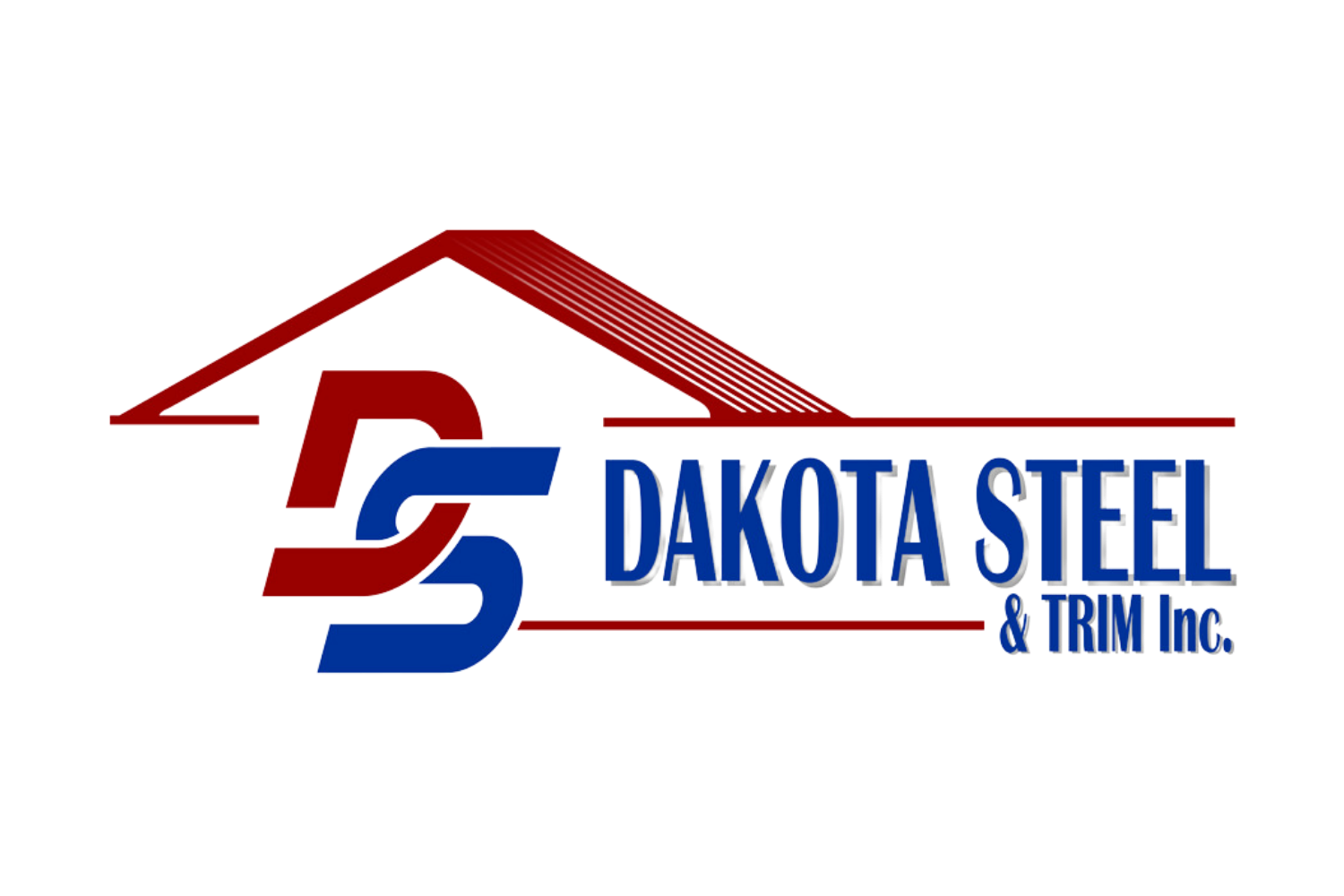The construction landscape has witnessed remarkable transformations over the decades. Steel, a foundational element in this evolution, has reinvented itself in response to emerging needs and technological advancements. This metamorphosis is not just about form or function but encompasses a broader perspective, including sustainable practices and innovative approaches.
Traditional steel manufacturing, while effective, had its limitations. Today, advancements in metallurgy and engineering have allowed for the creation of steel materials that are stronger, more durable, and designed for specific applications. Whether it’s a skyscraper touching the clouds or a bridge spanning miles, modern steel meets the demands with precision.
However, it’s not just about creating sturdy structures. The modern era demands materials and processes that are environmentally responsible. Sustainability in steel production is no longer a choice; it’s a responsibility. Embracing eco-friendly methods, from sourcing raw materials to the recycling of products, has become paramount.
Innovation and technology play pivotal roles in this evolutionary journey. By harnessing state-of-the-art machinery and software, manufacturers can optimize designs, reduce waste, and ensure consistent quality. These advancements pave the way for structures that are not only aesthetically pleasing but also optimized for energy efficiency and longevity.
Dakota Steel and Trim’s endeavors in this space exemplify the commitment to excellence. The fusion of cutting-edge technology with sustainable practices ensures the delivery of products that stand the test of time while treading lightly on our planet.
To understand steel’s evolution is to recognize the balance of past learnings with future possibilities. As we look ahead, the symbiosis of innovation and sustainability will continue to shape the trajectory of steel building materials, driving new standards in the industry.

